

Josh Nevett
2025 GWM Haval H6 review
1 Month Ago

News Editor
Honda Australia has released preliminary information on the redesigned HR-V, which will offer a hybrid powertrain for the first time in Australia.
It’s stopped short of publishing pricing and full specifications, though it says it’ll announce these at the end of March.
Honda says the redesigned small SUV will begin arriving at dealerships “over the coming weeks” – a launch in the first half of this year had previously been confirmed – and that the new car has been “repositioned as a sophisticated entry point” to its range.
It’ll be offered in two specification levels with two different powertrains.
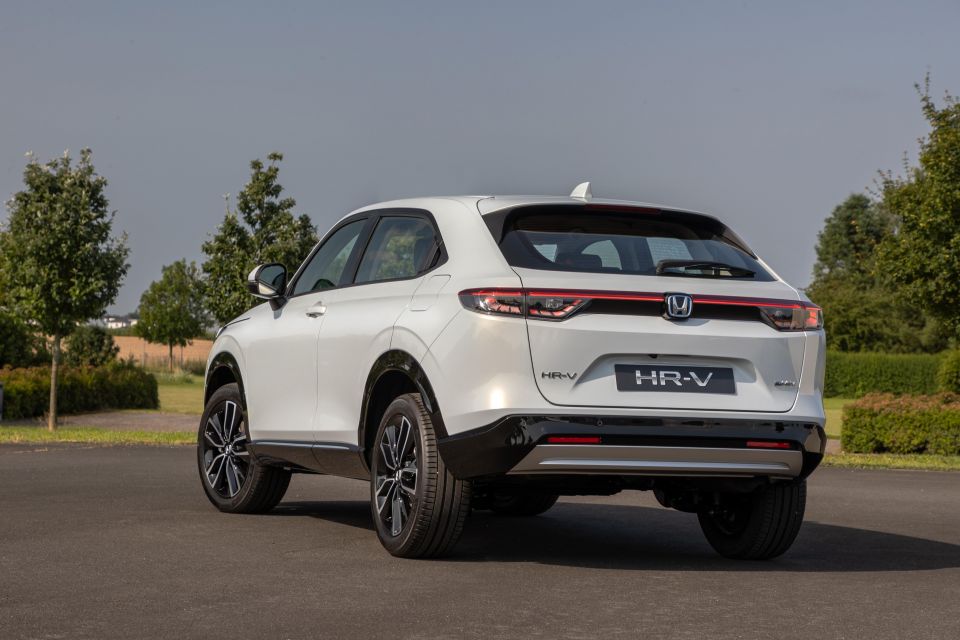
The Vi X uses a 1.5-litre naturally-aspirated petrol four-cylinder engine, while the e:HEV L packs the new two-motor hybrid powertrain featuring an Atkinson Cycle 1.5-litre four-cylinder engine.
Standard equipment across the range includes:
The e:HEV L additionally includes:

The hybrid also includes an Acoustic Vehicle Alerting System, producing an audible alert for pedestrians while the vehicle is in electric mode at speeds up to 20km/h.
Even the base HR-V packs more equipment than before, so it’s unlikely the new car will arrive without some kind of price increase.
Given Honda has called the HR-V an entry point to the range, it’ll start at less than $47,200 drive-away – the price of the sole Civic available here at present.
The outgoing HR-V range is priced from $31,300 to $41,000 drive-away.
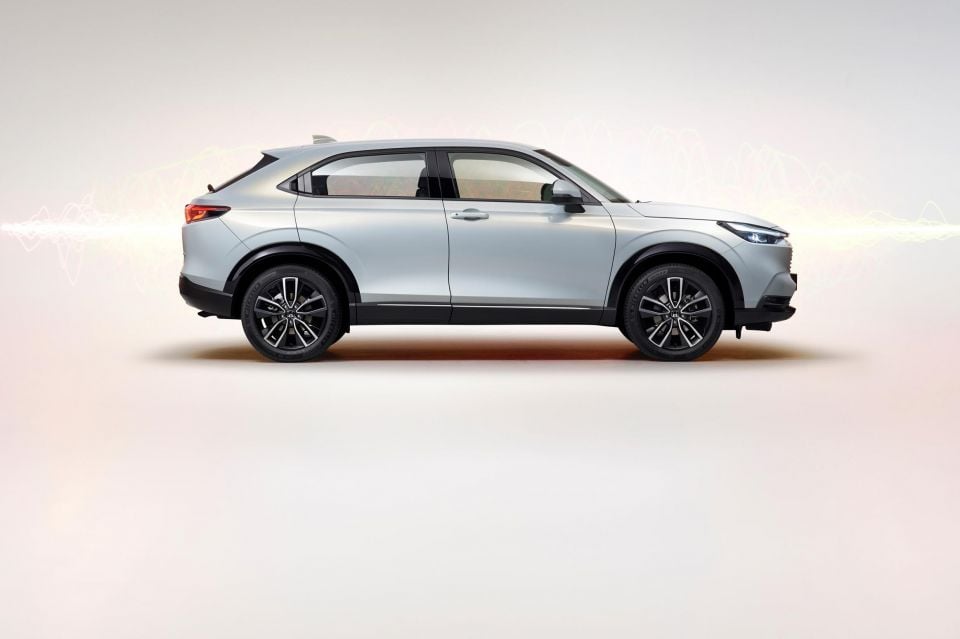
While Honda Australia has yet to publish powertrain specifications, Australian Government approval documents list power outputs of 89kW for the 1.5-litre petrol and 78kW for the 1.5-litre hybrid.
In the Japanese market, the 1.5-litre petrol produces 87kW of power at 6600rpm and 142Nm of torque at 4300rpm, and is mated with a continuously-variable transmission (CVT).
Those outputs are down 18kW and 30Nm on the current car’s naturally-aspirated 1.8-litre four.
Meanwhile, the e:HEV hybrid pairs a 1.5-litre petrol engine and two electric motors for total outputs of 96kW and 253Nm.
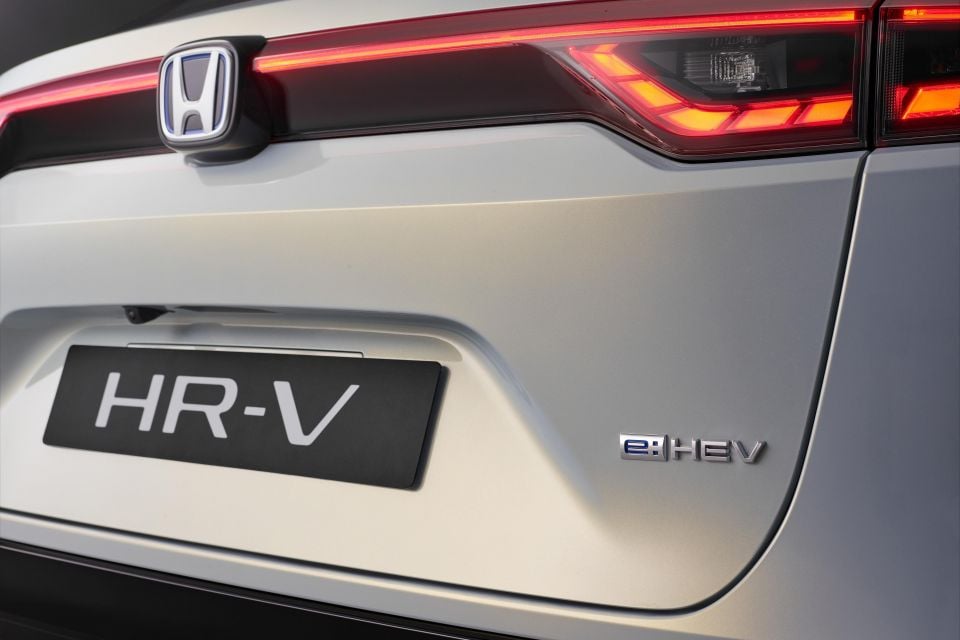

It uses a fixed-gear transmission coupled to an intelligent power control unit.
Claimed fuel economy is 5.4L/100km on the WLTP test cycle, and the e:HEV hits 100km/h in 10.6 seconds.
As with hybrids from the likes of Toyota, it’ll operate in EV-only mode at low speeds and will switch to hybrid drive when additional performance is required.
Honda promises to have “significantly enhanced the overall handling capability and comfort of the HR-V” in a way that’ll make it stand out in the small SUV segment, with a more rigid structure and “extensive” suspension, steering and braking enhancements.
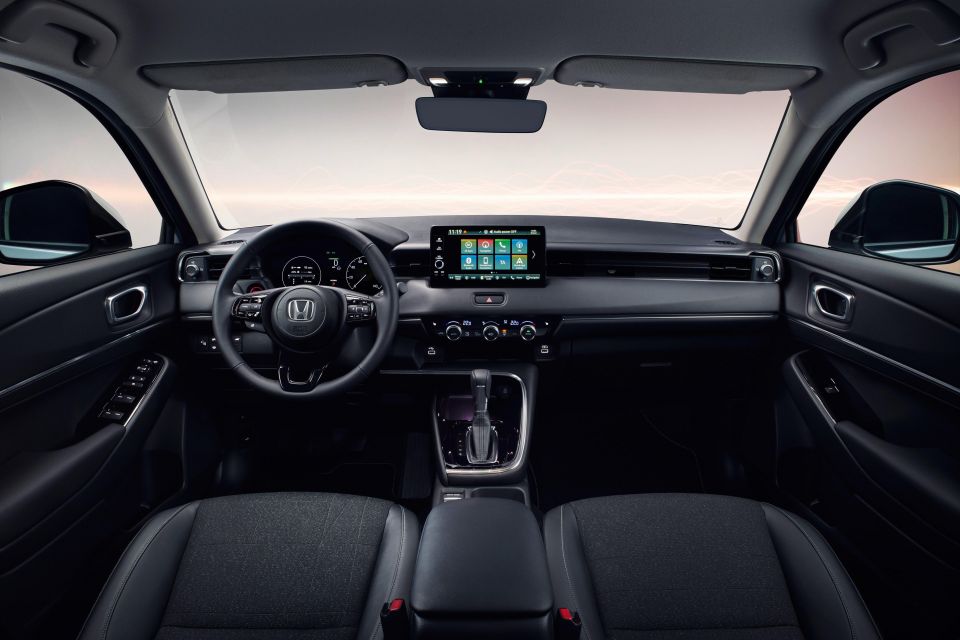
The company says it has a flatter ride than before with better bump absorption and reduced noise, vibration and harshness.
Inside, there’s a neater interior with a vastly more modern infotainment system.
Measuring 9.0 inches, it has a fully customisable menu layer designed to minimise driver distraction and Honda says operation time for most regularly used controls is more than halved compared with the previous model.
There’s also now wireless Apple CarPlay, though Android Auto still requires a cable. The system also supports over-the-air software updates.


Honda is touting its new Air Diffusion System, with L-shaped vents positioned in the top corners of the dashboard to deliver “the restorative effects of a natural breeze”.
The hybrid drivetrain components have been packaged within the chassis and engine bay and the fuel tank beneath the front seats so as to maximise interior space.
The new rear seats have subsequently been positioned 30mm further back and can recline an additional two degrees compared to the outgoing model.
Honda also promises a sedan-like seating position plus legroom and shoulder space comparable to SUVs in the segment above.
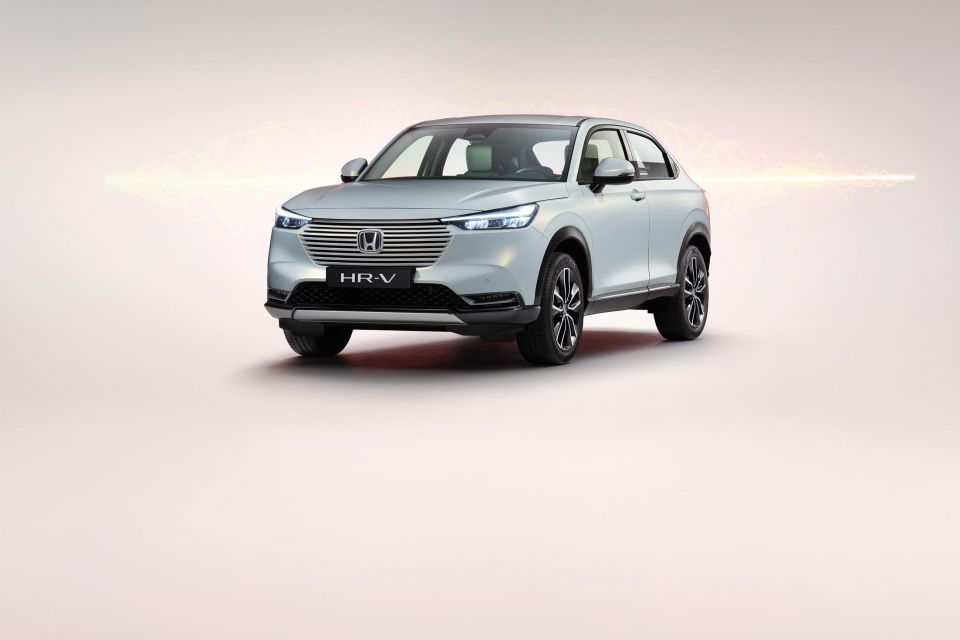
The new HR-V’s styling is more conservative than that of the current car, with clean, unadorned sides punctuated by a single, straight crease that runs from the headlights to the tail lights.
The headlights appear slimmer and more angular, while the grille consists of a series of horizontal, body-coloured bars. The bumper insert has a diamond pattern.
The tail lights are slimmer, too, and stretch from either side to meet the Honda badge in the middle.
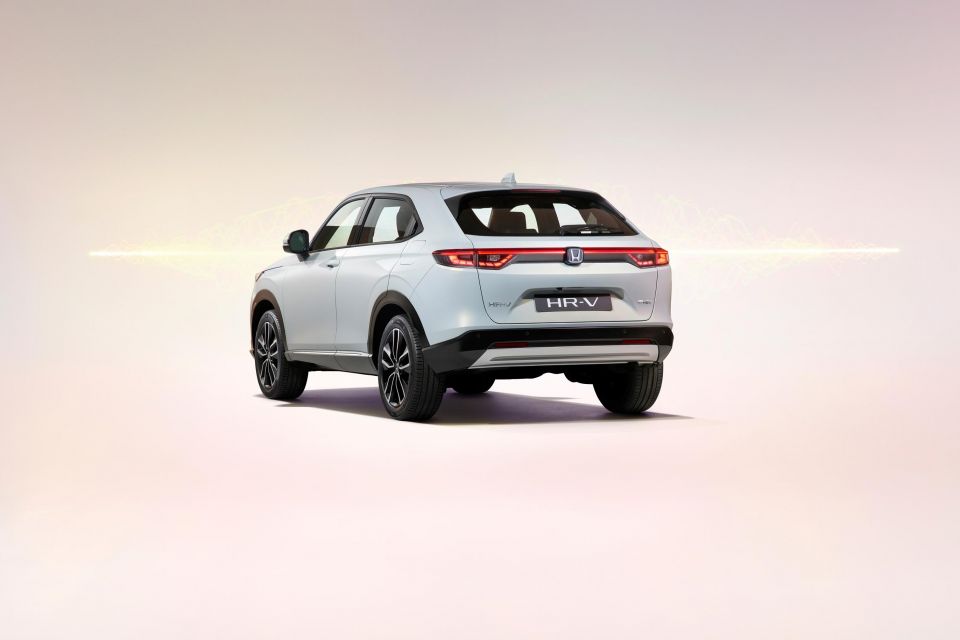
Though it presents a different appearance to the current HR-V, there are some design elements carried over like the rear door handles mounted in the C-pillar.
When it touches down, the new HR-V will be a critical cog in Honda’s new agency sales model.
The brand expects 90 per cent of its sales to be made up of SUVs moving forward, and the small HR-V is currently its second-best seller behind the mid-sized CR-V.
MORE: Everything Honda HR-V
Where expert car reviews meet expert car buying – CarExpert gives you trusted advice, personalised service and real savings on your next new car.
William Stopford is an automotive journalist based in Brisbane, Australia. William is a Business/Journalism graduate from the Queensland University of Technology who loves to travel, briefly lived in the US, and has a particular interest in the American car industry.


Josh Nevett
1 Month Ago
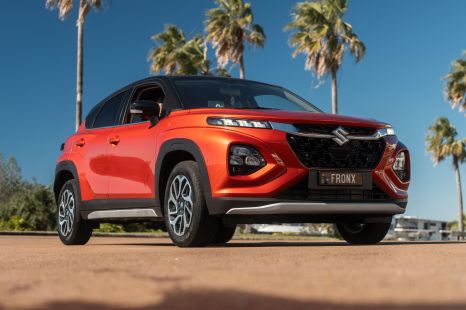

William Stopford
1 Month Ago


Matt Campbell
1 Month Ago
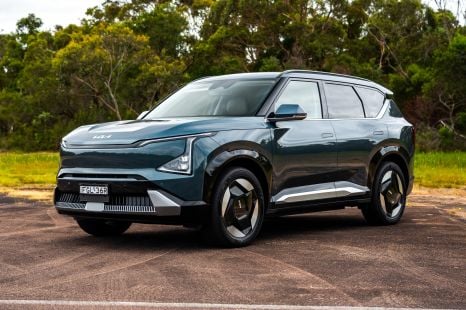

James Wong
1 Month Ago


CarExpert.com.au
24 Days Ago
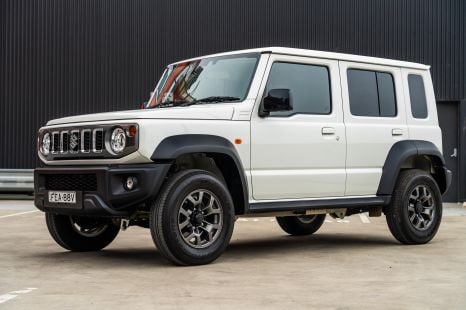

Damion Smy
15 Days Ago